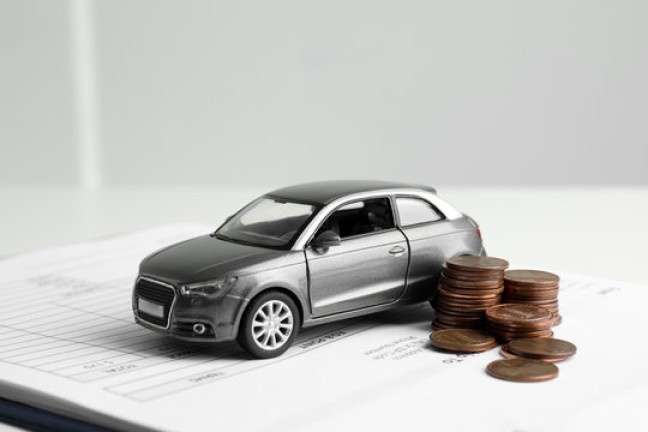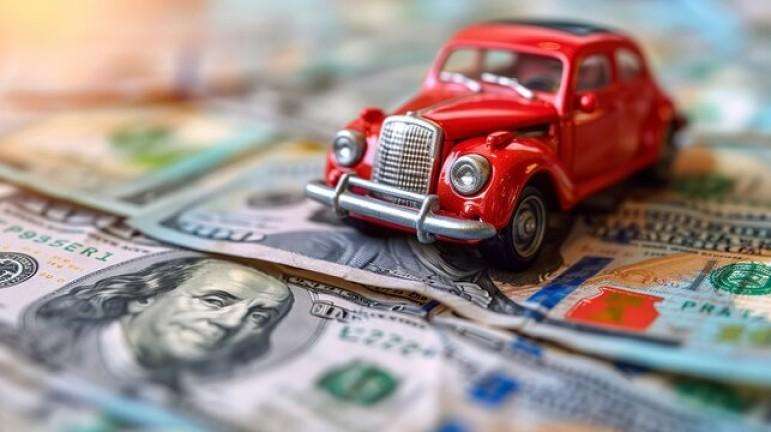Introduction
When financing a car, two primary options exist: securing a loan from a bank or opting for dealer financing. Many people struggle with this decision because each choice has distinct advantages and drawbacks. Understanding the differences helps buyers make informed financial decisions. This article will explore both financing methods, their benefits and downsides, real-world examples, and factors to consider before making a final decision.
Table of Contents
What is a Bank Car Loan?
A bank car loan is when a borrower applies for an auto loan from a bank or credit union. The financial institution assesses the applicant’s creditworthiness, income, and other factors before approving the loan. Once approved, the borrower receives the loan amount and uses it to purchase the car. The borrower then repays the loan in monthly installments, including interest, over a predetermined period.
Advantages of Bank Car Loans
- Lower Interest Rates: Banks and credit unions often provide lower interest rates compared to dealership financing, especially for borrowers with good credit.
- Preapproval Advantage: A preapproved bank loan gives buyers more negotiating power at the dealership since they already know their budget and loan terms.
- Transparency: Bank loans have straightforward terms and fewer hidden fees compared to dealership financing.
Disadvantages of Bank Car Loans
- Longer Approval Process: Bank loans require paperwork and credit verification, which may take a few days.
- Limited Promotions: Unlike dealerships, banks rarely offer zero-percent financing or other special promotions.
- Higher Credit Score Requirements: Borrowers with lower credit scores may not qualify for bank loans or may face high-interest rates.
What is Dealer Financing?
Dealer financing, also known as in-house financing, is when a dealership arranges the car loan for a buyer. The dealership works with lending institutions or offers financing directly through their captive finance arms.
Advantages of Dealer Financing
- Convenience: Buyers can finance their vehicle and complete the purchase in one place without dealing with separate financial institutions.
- Promotional Offers: Some dealers offer incentives like zero-percent financing, cashback deals, or extended repayment terms.
- Easier Approval: Dealer financing is often more accessible for borrowers with lower credit scores.
Disadvantages of Dealer Financing
- Higher Interest Rates: Dealerships typically add a markup on the interest rate offered by lenders.
- Limited Loan Term Flexibility: Some dealer financing options may have rigid repayment structures that do not align with a buyer’s financial plan.
- Potential for Upselling: Dealers may push extended warranties, add-ons, and insurance, increasing the overall cost of the car.
Interest Rate Comparison
Interest rates significantly impact the total cost of borrowing. Consider the following example comparing a bank loan and dealer financing.
| Loan Option | Interest Rate | Loan Amount | Term (Months) | Monthly Payment | Total Interest Paid |
|---|---|---|---|---|---|
| Bank Car Loan | 5% | $25,000 | 60 | $471 | $3,260 |
| Dealer Financing | 7% | $25,000 | 60 | $495 | $4,720 |
In this example, the bank loan saves $1,460 in interest over five years.
Real-World Scenario: Which is Better?
Imagine a buyer, Alex, who wants to purchase a $30,000 car. Alex has a credit score of 750 and qualifies for a 4.5% interest rate from a bank or a 6.5% rate from dealer financing. Here’s how the numbers compare for a five-year loan:
- Bank Loan:
- Monthly Payment: $559
- Total Interest Paid: $3,540
- Total Cost of the Car: $33,540
- Dealer Financing:
- Monthly Payment: $587
- Total Interest Paid: $5,220
- Total Cost of the Car: $35,220
By choosing the bank loan, Alex saves $1,680 over the loan term.
Factors to Consider Before Choosing
1. Credit Score
A higher credit score means better interest rates. Borrowers with excellent credit should consider bank loans for the best rates, while those with lower credit may find dealer financing more accessible.
2. Loan Term
Longer loan terms reduce monthly payments but increase total interest costs. Buyers should compare total loan costs rather than just focusing on monthly payments.
3. Down Payment
A larger down payment reduces the loan amount and interest paid over time. Buyers should determine whether they can afford a substantial down payment to minimize loan costs.
4. Loan Flexibility
Bank loans often offer flexible terms, allowing prepayments without penalties. Some dealer financing options may include prepayment penalties, making early loan payoff costly.
5. Additional Fees and Costs
Buyers should read the fine print and ask about hidden fees. Some dealer financing contracts include add-ons that increase overall costs.
When to Choose a Bank Loan
A bank loan is the better option if:
- You have a high credit score and qualify for lower interest rates.
- You want to secure financing before visiting the dealership.
- You prefer a straightforward loan with minimal fees.
When to Choose Dealer Financing
Dealer financing may be the right choice if:
- You need a faster approval process.
- You qualify for dealer promotions that lower your costs.
- You have a lower credit score and struggle to get approved elsewhere.
Conclusion
Choosing between a bank car loan and dealer financing depends on financial circumstances, credit score, and long-term cost considerations. A bank loan generally offers lower interest rates and greater transparency, while dealer financing provides convenience and promotional offers. Buyers should compare loan terms, consider long-term expenses, and choose an option that aligns with their financial goals. Understanding these differences ensures a smart and informed car financing decision.





